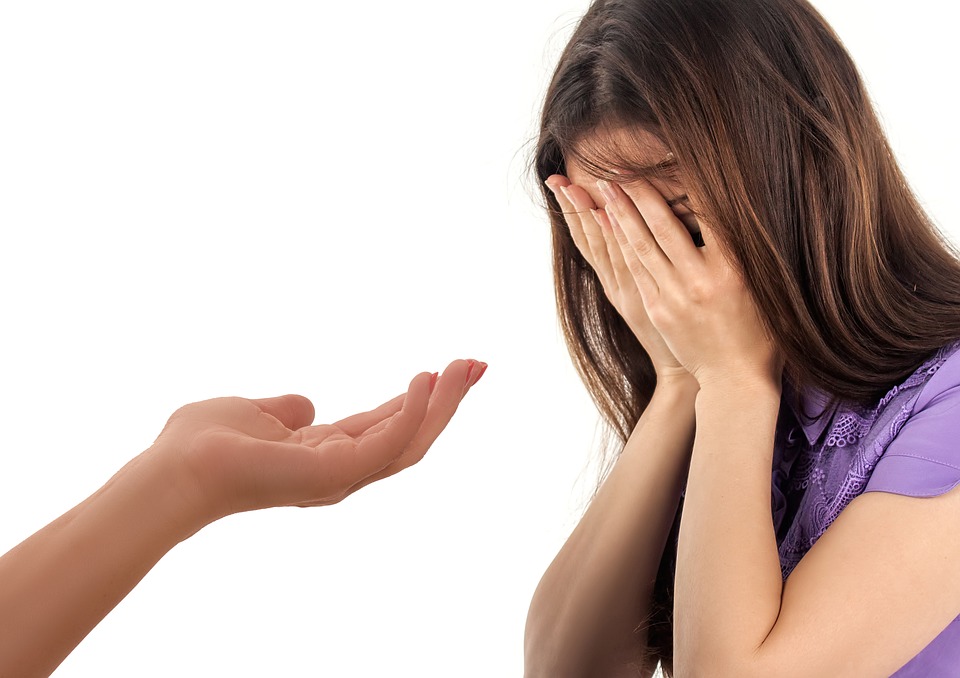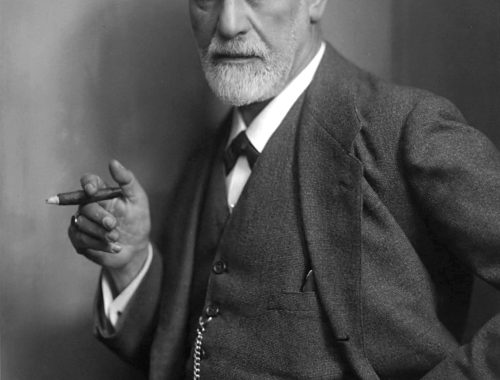
The Psychology of Sexual Attraction
If men and women weren’t attracted to each other, none of us would be around, of course. Yet the problem of how different tastes in physical attraction emerge is surprisingly complex. Influences range from brain biology to fashions.
If we knew how heterosexual men and women develop a physical attraction for each other, we would know a lot more about human psychology than is currently understood. What we do know is that the phenomenon involves many levels of biological explanation as well as different kinds of learning.
Events Before Birth
Research on gender orientation indicates that hormonal events before birth affect who we are attracted to. It seems that the masculinization of the brain by sex hormones increases the probability of being attracted to women. One clue is the fact that females exposed to unusually high levels of hormones in the womb are more likely to grow up with a sexual attraction to women.
It is worth noting that the majority of exposed females did not develop a lesbian orientation, however. Perhaps, the prenatal environment has relatively weak effects that are washed out during childhood, puberty, and subsequent development.
Childhood has received a lot of attention as a time when gender differences in behaviour emerge. This is not entirely a matter of imitating others, given that gender differences in vigorous physical activity and aggression are linked to the effects of testosterone during prenatal development based on masculinizing experiments on female monkeys. Otherwise, children may acquire a strong expectation that they will marry a member of the other gender by observing love and marriage in their community.

Puberty as Another Beginning
In the past, prior to beauty pageants for young girls, puberty marked sexual awakening, at least for most boys. It appears that the spike in the production of sex hormones not only develops secondary sexual characteristics like beards and breasts but also triggers sexual desire in the brain.
Girls are more precocious than boys by various indications and some elements of sexual behaviour far precede puberty. Lowering of the eyelids and aversion of the gaze is a flirting gesture seen in very young girls. In societies where children have free sexual expression, girls are sexually active several years before boys and well before puberty. In general, though, it is likely that puberty triggers increased sexual attraction to the other gender in most girls as well as most boys.
Sexologists like Alfred Kinsey emphasized that attraction to one gender or the other is a matter of degree, with the human population broadly distributed between poles of exclusive heterosexuality and exclusive homosexuality, with bisexuals being equally attracted to each gender. But this approach has not received much traction, possibly because comparatively fewer people self-identify as bisexual and its many subdivisions, such as pansexuality, demisexuality, etc.
Kinsey was certainly correct in emphasizing the variability in human sexual behaviour and this point is underscored by the surprising degree to which sexual attraction can be conditioned by experiences.
Fetishes and Pavlovian Conditioning
This phenomenon was explored in controversial experiments where male subjects were conditioned to be sexually aroused to the image of a pair of black boots that initially produced no erotic response. The black fur-lined boots were paired with a nude picture of an attractive woman. Not only did they acquire the capacity to arouse the subjects but this quickly-conditioned response showed no sign of going away after the nude photographs were no longer shown.
Such research suggests remarkable flexibility in the human sexual response. The implications for normal sexuality seem clear. One possibility is that for people in a stable sexual relationship, sexual responsiveness may be conditioned to aspects of the partner. In fact, such conditioning in the service of a pair bond may explain why sexual arousal is so easily conditioned in the first place (at least for males of the species).
Apart from the various layers of biological influences, and associative learning, sexual attraction is affected by fashions and traditions in some remarkable ways.

Traditions and Fashions
In developing countries, men are attracted to women who have plenty of fat, whereas the standard of attractiveness in developed countries is increasingly slender.
The underlying logic of such systematic shifts seems clear. In societies where it is difficult to get enough to eat, having stored body fat helps women to overcome the energetic challenges of pregnancy and breastfeeding. In developed countries, there is an excess of food and women who are slender are perceived as more professionally competent and as more likely to succeed in careers.
In modern societies, just as women lose weight and de-emphasize bodily curvaceousness, men shave their facial hair and tune down this sexual signal.
Beards are more popular in conservative societies where there is little premarital sex. This suggests that men shave so as to project honesty and transparency in societies where premarital sex is common and where women may be seduced and abandoned.
Whatever the underlying reasons, men are more attracted to heavier women in some societies and slender women in others. Likewise, women prefer bearded men in some places and times and clean-shaven ones in others.
So far, this relates purely to physical attraction. The psychological aspects of mate selection are even more complex—and possibly more important—ranging from social status, religion, and politics, to personality compatibility, leisure interests, family ties, and intelligence.
You May Also Like

How to Not Take Things Personally?
2021-07-02
Dissociative Disorders: The Effects of Traumatic Events on the Psyche
2022-12-07

